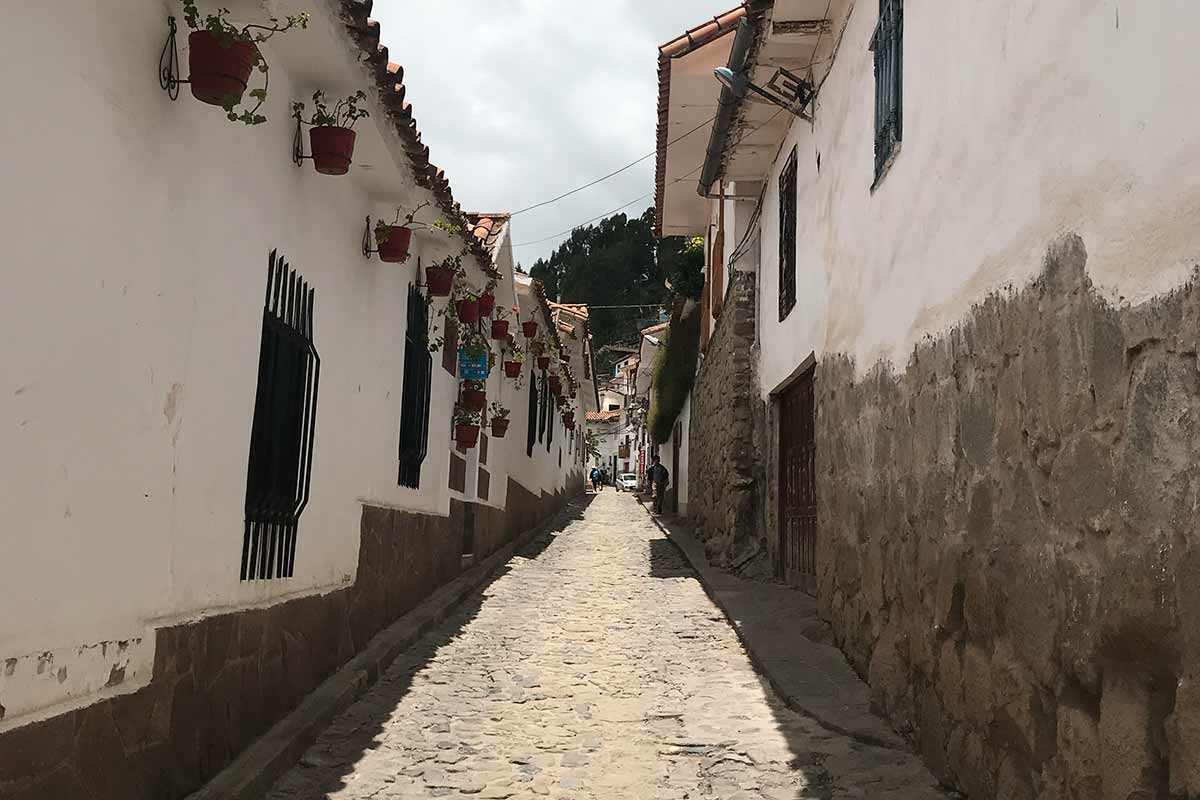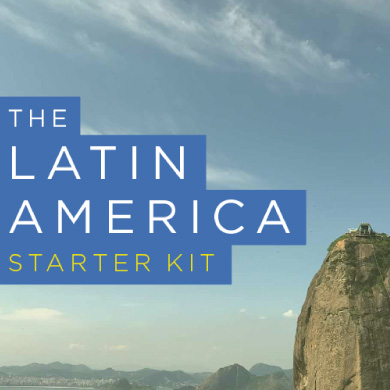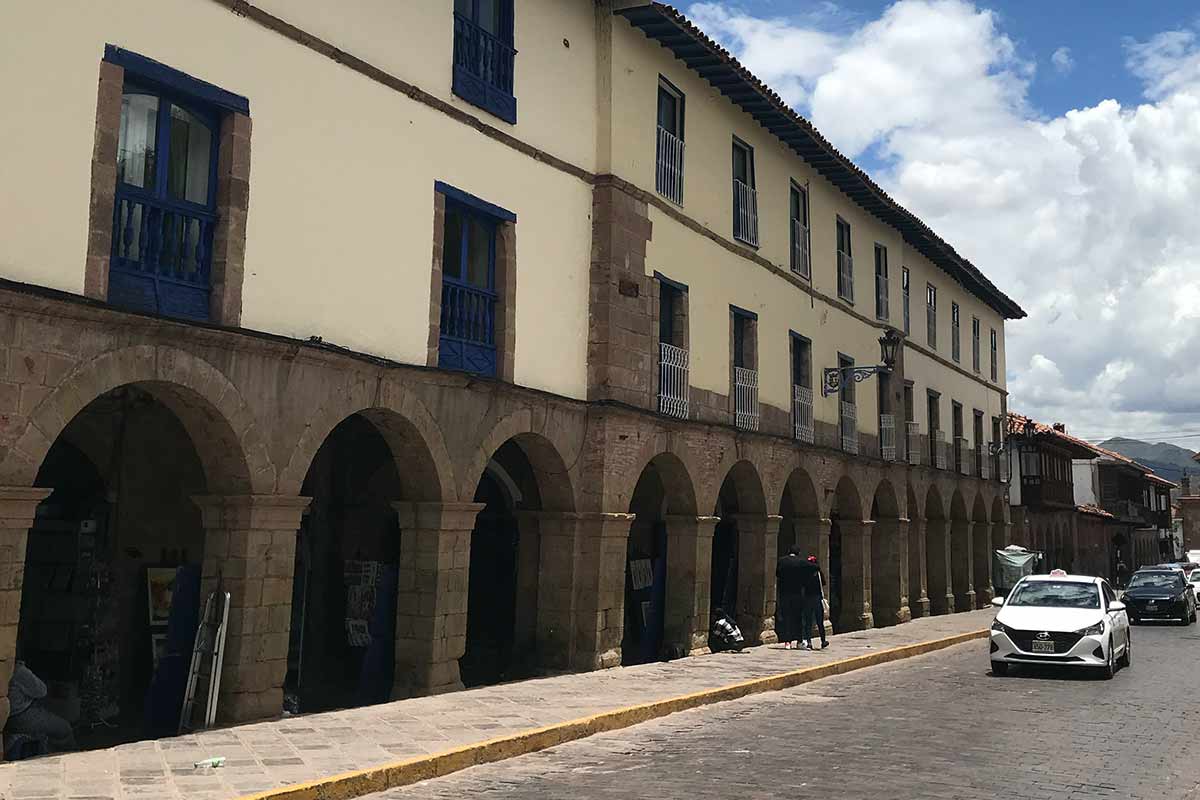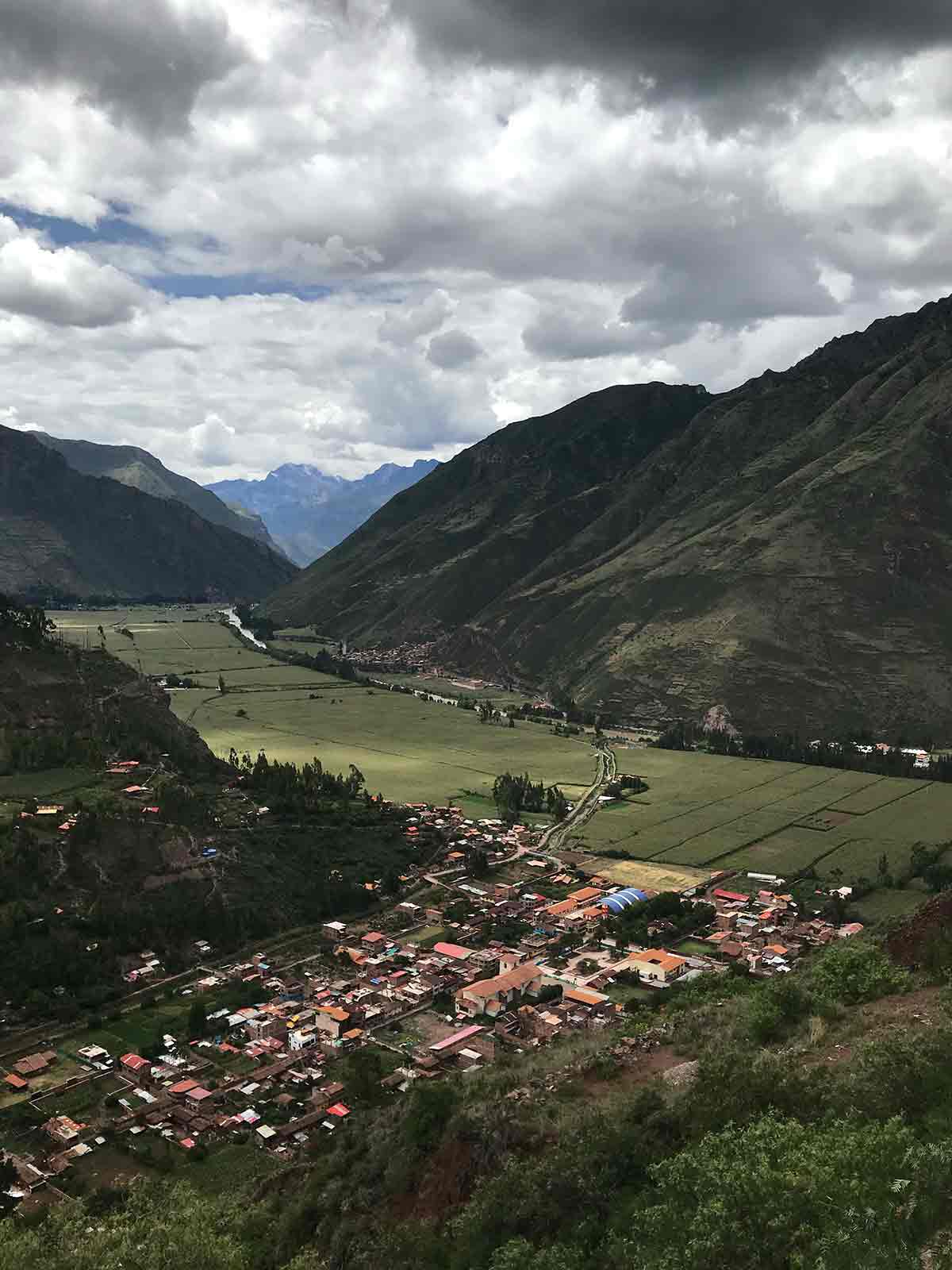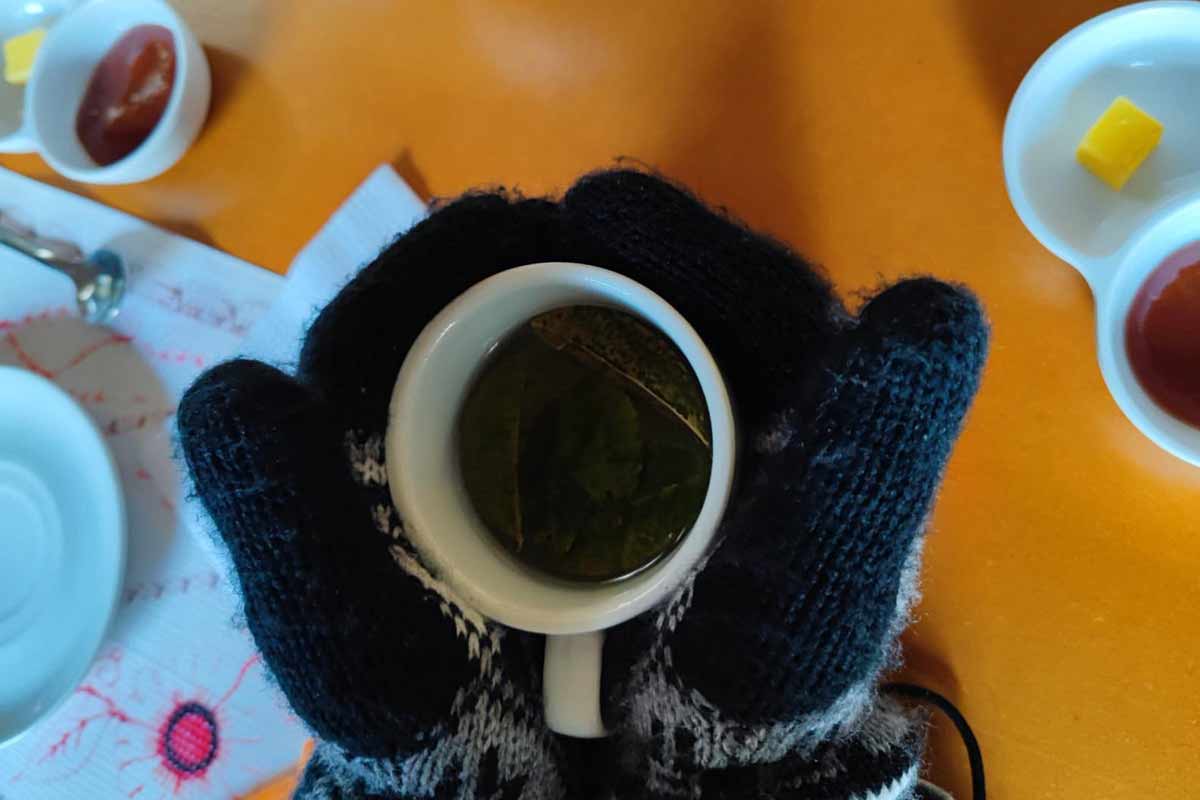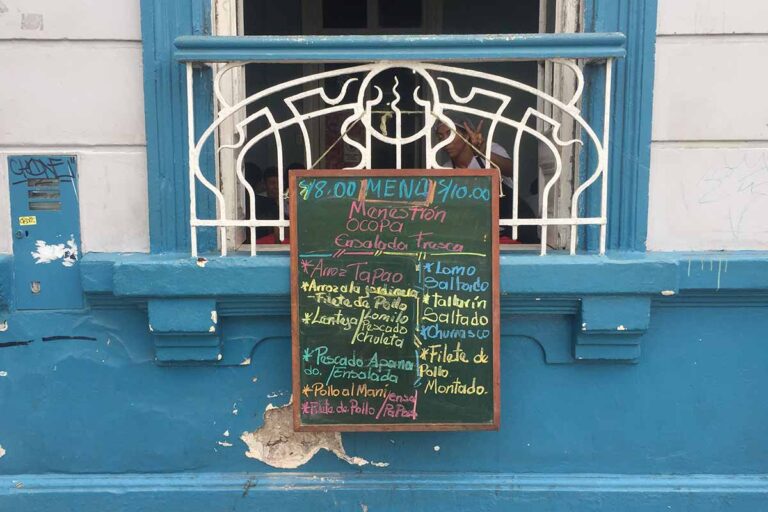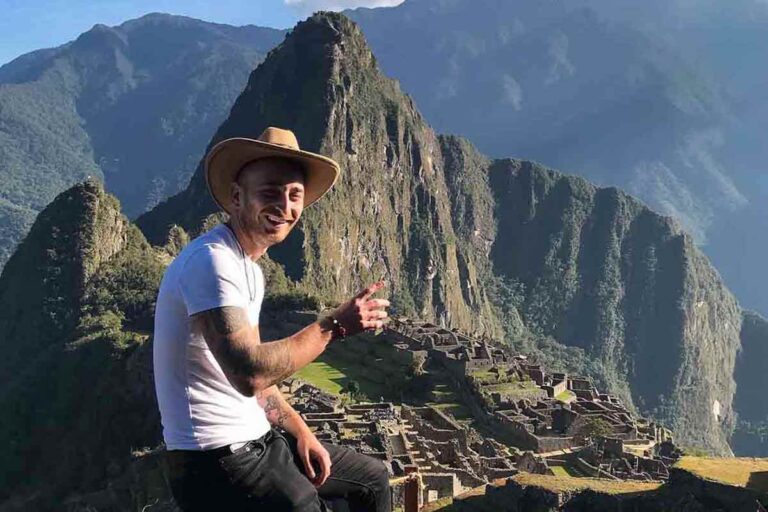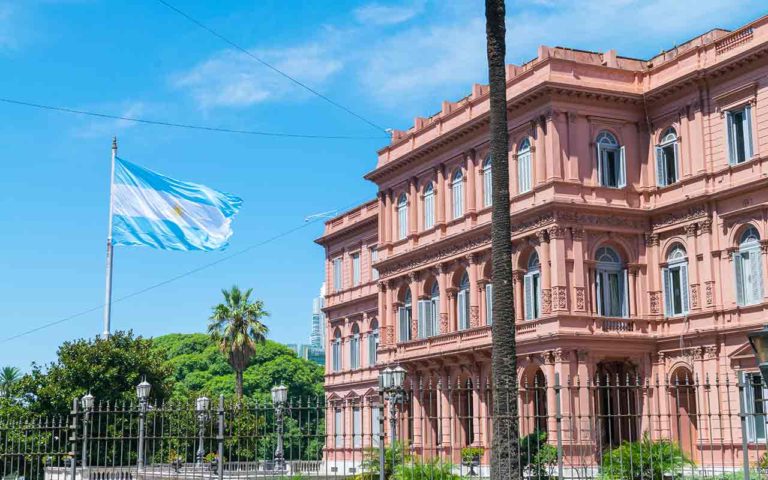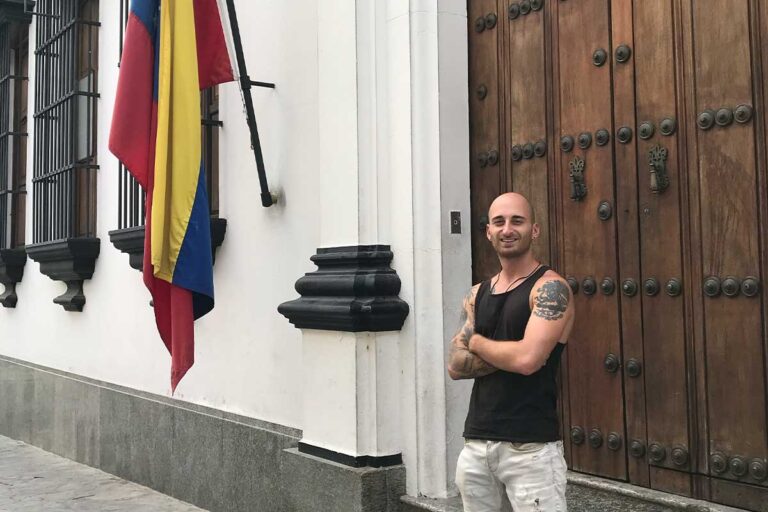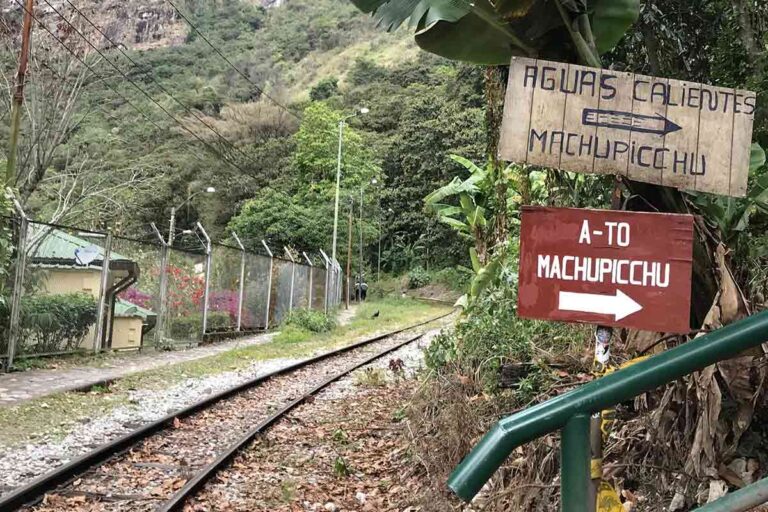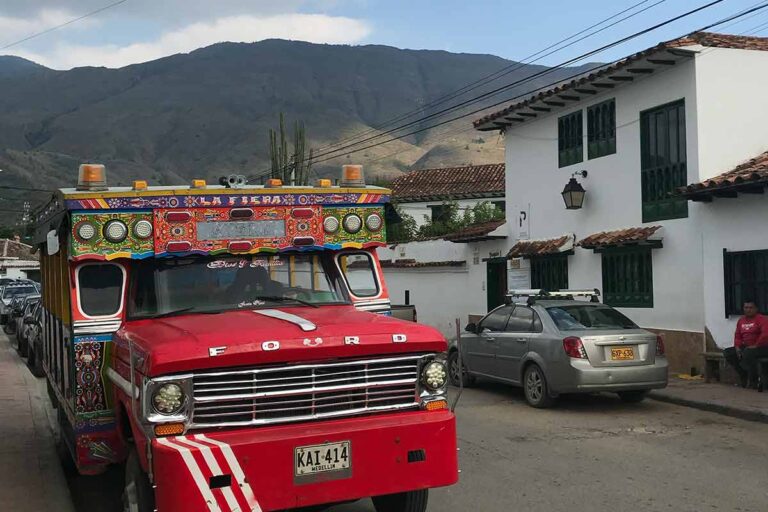How To Avoid Altitude Sickness in Cusco
When traveling around South America, we often tend to think that our safety is only at risk from people, such as getting our things stolen or from other human-related issues.
However in Peru, we also need to think about altitude sickness which can be an issue in popular Andean destinations such as Cusco. Without proper preparation it can make things twice as hard on a daily basis, and even more serious issues when heading on hikes.
How to Avoid Altitude Sickness in Cusco
In this guide we’ll explore everything you’ll need to know about the altitude in Cusco. This includes the classic symptoms of altitude sickness here, as well as our top tips for how to avoid getting it.
Is Altitude Sickness Common in Peru?
Peru is split into three main regions; the coast, the Andes and the Amazon Jungle.
Throughout the mountainous Andes regions we can find altitudes of over 6000m, although most cities and towns where you’ll base yourself are between 3000-4000m. These include cities like Huaraz, Cusco and Puno.
Now altitude sickness itself is a condition where the human body suffers as a consequence of having less oxygen ready to use in the surrounding air.
This usually happens at altitudes of above 2500m, although it affects every traveler differently (some get it at low altitudes, whilst others only above 4000m).
So if you plan on backpacking around the majority of Peru, then there is a good chance you’ll have to face high altitudes at some point. However, do not worry!
With proper preparation you can avoid this issue completely, which we’ll explore in our tips section later in this article. Be sure to learn more about preparing for high altitudes in Peru.
What are the main Cusco Altitude Sickness Symptoms?
Usual symptoms include nausea and headaches, which tend to happen between 3000-4500m. It’s important to mention that you may or may not get these, and studies have still been inconclusive as to why this is (marathon runners can have issues at 3000m, whilst overweight and unfit people are fine at 4000m).
As we climb over 4000m, we can get more serious symptoms if you haven’t prepared properly. These include dizziness, vomiting and shortness of breath (although the latter is more common since you’ll probably be on hikes at this altitude which are already physically demanding).
In the city of Cusco we’ll be at an altitude of 3399m, which may cause some people issues, and especially so if heading here directly from Lima. Usually this includes headaches and shortness of breath, although some will experience no changes at all.
We recommend taking the first two days slow when arriving into Cusco, and also drinking lots of Coca Leaf tea to prevent altitude sickness (your accommodation will most likely have it ready there for you).
Got travel insurance for Cusco?
Tips to Avoid Altitude Sickness Before visiting Cusco
Here we’ll explore some of our top tips for avoiding altitude sickness when in Cusco. Thankfully many of these can also provide quick relief from symptoms, so be sure to use them both before and during your trip here.
Go Easy During Your First 2 Days
Most likely you will be arriving into Cusco from Lima, so you will have more than 3000m in altitude gain. For this reason it’s vital to avoid doing hard hikes or trips when you first arrive, as your body is still acclimating to the harder conditions. We recommend first doing a city tour or exploring the nearby towns of Pisac or Ollantaytambo during these initial days.
Start With Easier Hikes
Once you’re acclimated, it can be tempting to go for a hard hike straight away. It’s best to first start with one that is around or below 4000m, such as to Machu Picchu or Lake Humanatay.
Whilst still slightly challenging, these will further prepare your body before heading on the much higher altitude hikes (those above 5000m, such as Rainbow Mountain).
Munch on Coca Leaves
This local method has been used for several thousands of years by locals to reduce symptoms of altitude sickness, and also increase energy for those harder hikes.
As well as munching on them, you can also infuse them in a tea and reap their rewards this way too. This is also a vital tool to use daily when heading to other high altitude places in Peru such as Lake Titicaca so don’t hesitate to try either one of the consumption methods.
Pack the Right Foods for a Hike
Something I (George) have learnt from locals here is to make sure you pack efficient foods for your body. This includes oranges, bananas and chocolate which help to give you those much-needed short bursts of energy. Also be sure to bring a big bottle of water to make sure you stay well hydrated.
Buy Soroche Pills
These are essentially altitude sickness pills, and are the most efficient way of preventing you from getting symptoms. They’re pretty cheap (around 3 Soles a tablet) and you can buy them from virtually any local pharmacy in Cusco.
Be sure to buy more if heading on longer hikes (or multi-day treks), since they last for a maximum of 8 hours (please seek local advice from the pharmacy or a doctor, since we are not medically trained to give advice on what you may need).
How to Avoid Altitude Sickness in Cusco
And that’s all for this guide on how to avoid getting altitude sickness in Cusco.
One of the most popular destinations to visit when traveling through Peru, Cusco is a remarkable place with plenty of city attractions as well as must-do day trips to nearby ruins and sites.
Unfortunately altitude sickness is a common occurrence here, however with proper preparation you can avoid getting ill and fully enjoy your time here.
In this guide we have explored the typical symptoms of altitude sickness, as well as 5 of our best tips for preventing altitude sickness when heading to Cusco.
While you’re still here, be sure to read our comprehensive guide on how to spend a week in Cusco in order to have the best time possible here.
👉🏽 P.S. If you’ve found this guide helpful, buy us a coffee here to say thanks! Or, support us by downloading our South America Travel Bible to get our best content.
“Dear traveler! Some links in this post contain affiliate links. Meaning, if you click through and make a purchase, book a hostel or sign up for a tour, we may earn a small commission at no additional cost to you. Your support means a lot and helps us to carry on traveling and maintaining the quality of this site for you.”

